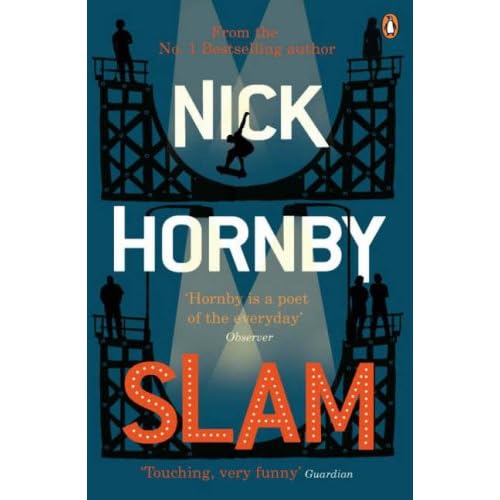
Okay, so Bust isn't exactly a teen magazine. BUT! If I were in charge of a teen section in a library, I would get a subscription. Bust is the magazine "for women with something to get off their chest." Unlike many "alternative" magazines, Bust has a very high production value, with great design, glossy, colourful pages, and great writing. Plus - interesting articles! Shock shock! Throughout this issue were examples of young women who are living fantastic lives (and not just acting or modelling, although there are a couple of those). Annette Obrestad, for example, is the youngest ever World Series of Poker bracelet winner (now 19, she won when she was 18), who started taking on major players in online tournaments (and winning) when she was just 15. The magazine also profiles Hello Kitty and a custom sneaker designer from Brooklyn, and tells readers how to find plus-sized vintage clothing - all within the first 36 pages.
While Bust may be directed at a slightly older audience, I think it is a great magazine for teens. It shows that you can enjoy fashion and celebrities while also embracing all of the different facets that make us individuals. Yay for women who follow their passions. Yay for women.
p.s. The Bust website is also really great.
10/10.
Ages 14+.













